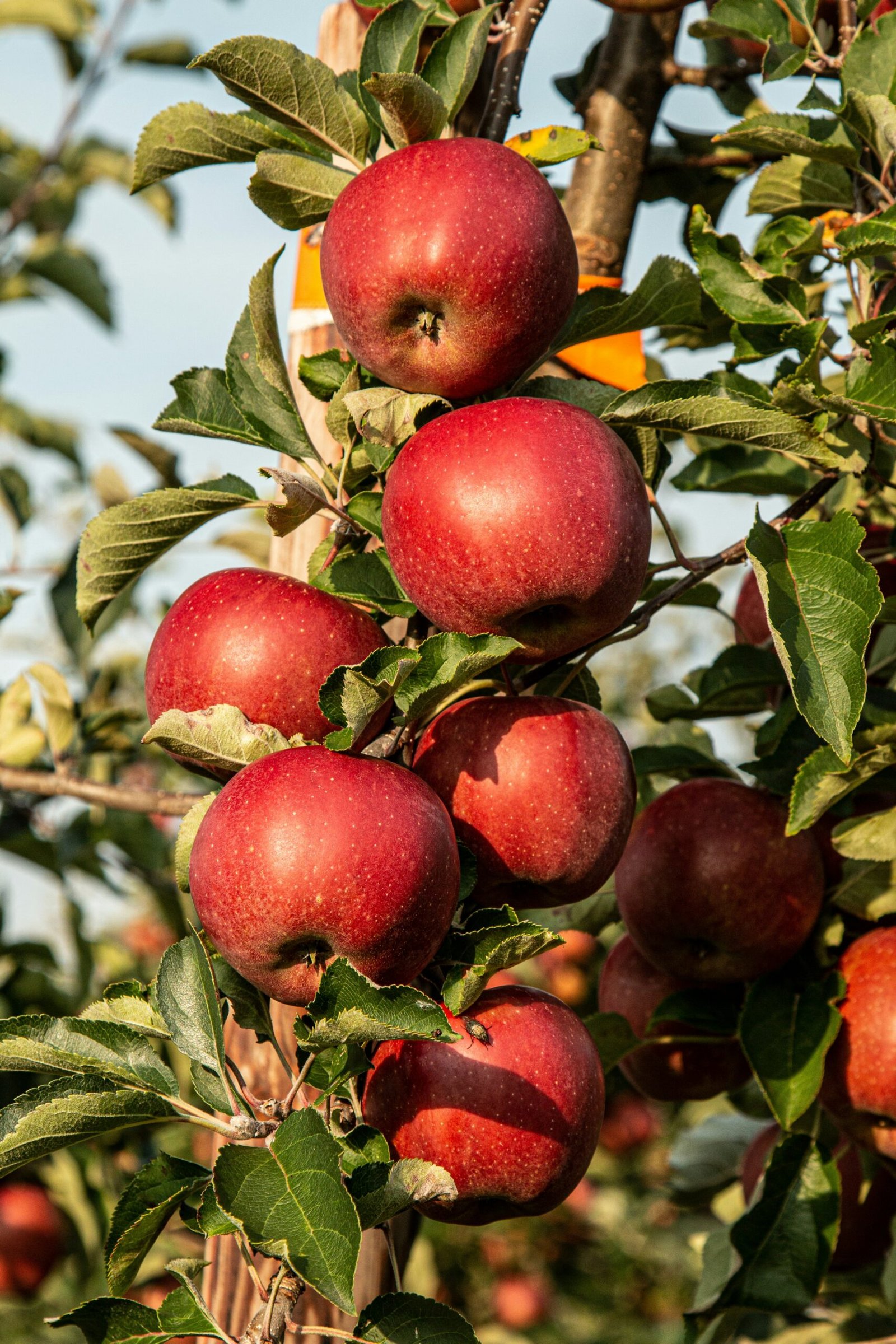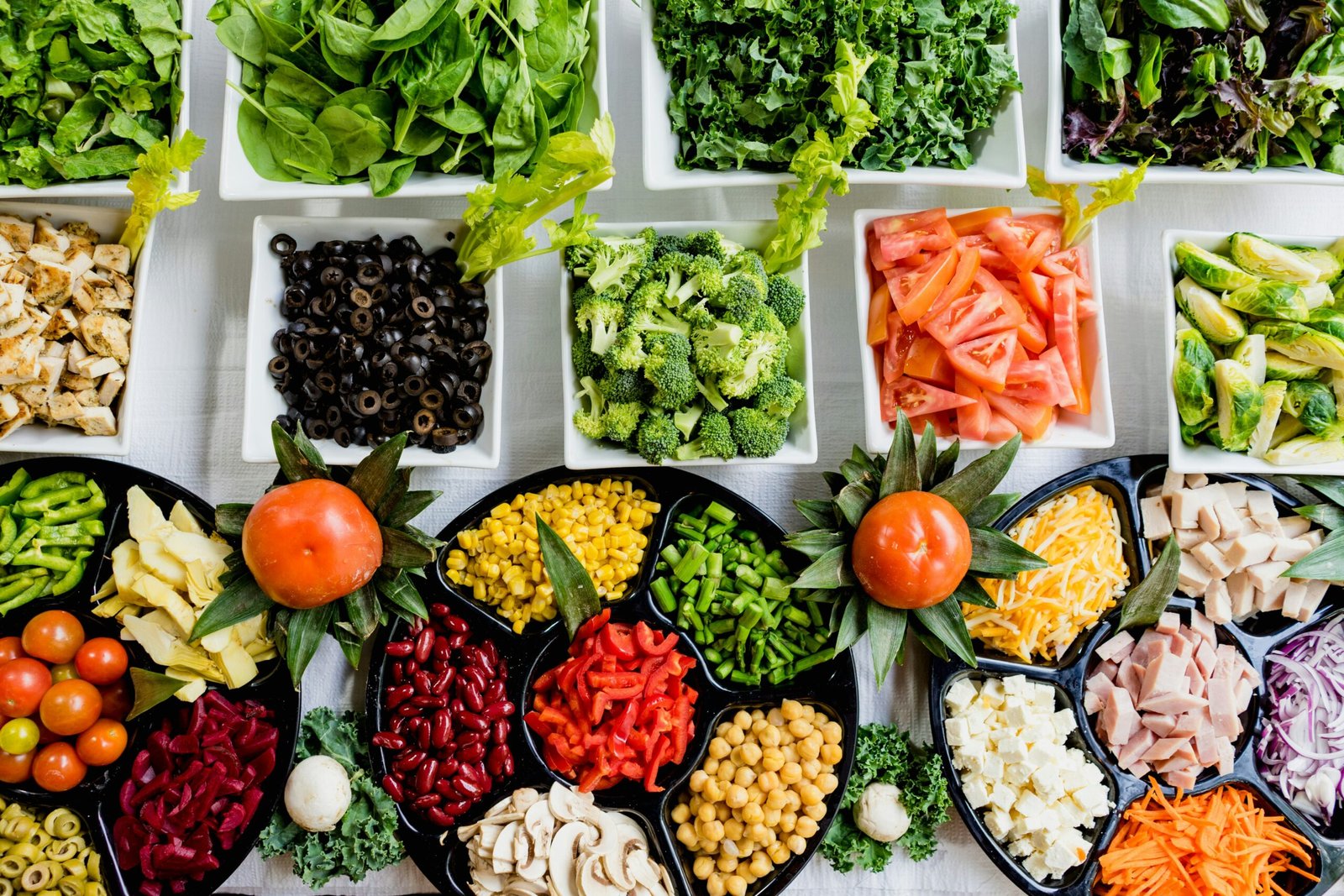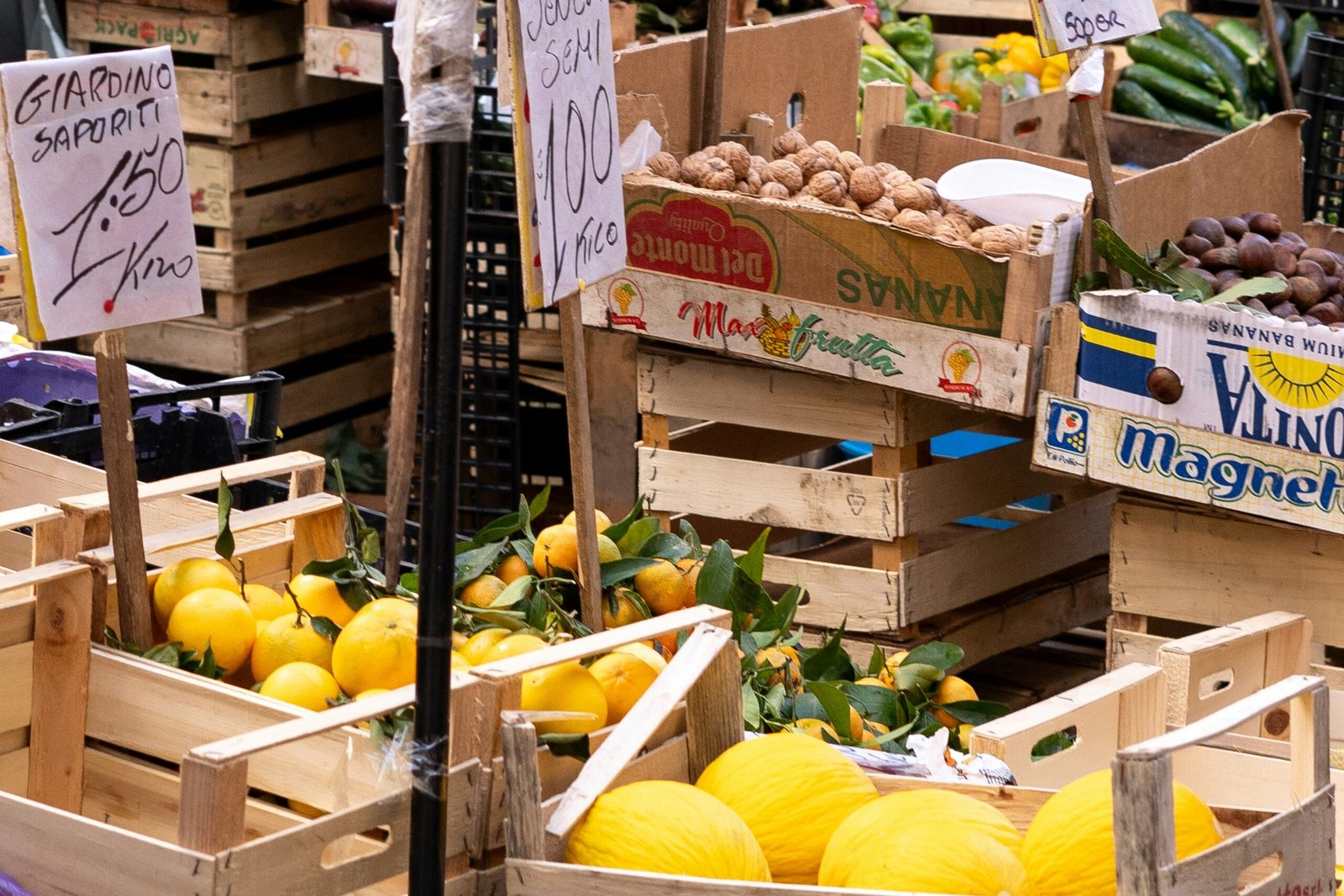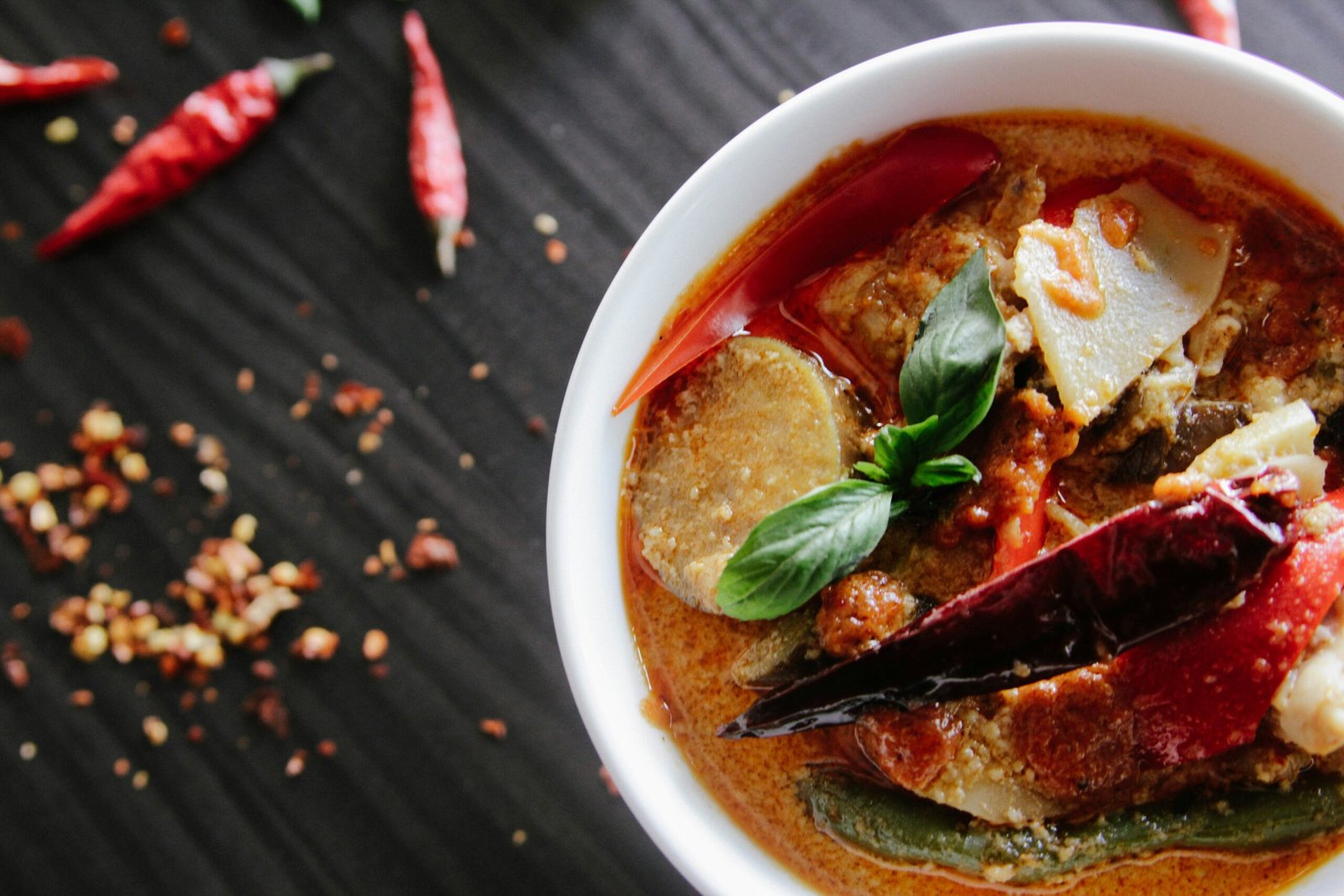One of the first steps in the beer-making process is malting. Malting involves soaking and germinating cereal grains, such as barley, to activate enzymes that convert starches into fermentable sugars. The grains are then dried and crushed to create malt, which is the foundation for the beer’s flavor, color, and body.
Next comes mashing, where the malt is mixed with hot water to extract the sugars. This process takes place in a vessel called a mash tun, where enzymes break down the starches into simpler sugars. The resulting liquid, known as wort, is then separated from the spent grain.
The wort is then transferred to the brew kettle, where it is brought to a boil. This boiling process serves several purposes. Firstly, it sterilizes the wort, killing any unwanted microorganisms. Secondly, it helps to extract bitterness from hops, which are added during the boil. Hops not only contribute bitterness but also add aroma and flavor to the beer.
After the boil, the wort is rapidly cooled to a temperature suitable for fermentation. This is typically done using a heat exchanger or a whirlpool, which removes any unwanted solids. Once the wort has been cooled, it is transferred to a fermentation vessel.
Fermentation is perhaps the most crucial step in the beer-making process. During fermentation, yeast is added to the cooled wort, and it consumes the sugars, producing alcohol and carbon dioxide as byproducts. This process can take anywhere from a few days to several weeks, depending on the desired style of beer.
Once fermentation is complete, the beer undergoes a conditioning phase, where it is allowed to mature and develop its flavors. This can be done in a separate vessel or directly in the fermentation vessel. During this time, any remaining yeast and sediment settle to the bottom, resulting in a clearer beer.
Finally, the beer is carbonated and packaged for consumption. Carbonation can be achieved through natural carbonation, where a small amount of sugar is added to the beer before bottling, allowing the remaining yeast to ferment and produce carbon dioxide. Alternatively, carbonation can be achieved through forced carbonation, where carbon dioxide is directly injected into the beer.
From the malting of grains to the carbonation of the final product, the art of brewing is a meticulous process that requires skill, knowledge, and a deep appreciation for the science behind it. So, the next time you raise a glass of your favorite beer, take a moment to savor not only its taste but also the craftsmanship that went into creating it.
1. Malting: The Foundation of Flavor
At the heart of every beer is malt, which provides the essential sugars that yeast will later ferment into alcohol. The malting process begins with carefully selected grains, typically barley, being soaked in water and allowed to germinate. During germination, enzymes are activated, converting starches into sugars, which serve as food for the yeast. The germinated grains are then dried and crushed to create malt, which comes in various forms such as malted barley, wheat, or rye.
Malts contribute not only fermentable sugars but also a wide range of flavors and colors to the beer. Different malts, including caramel and roasted varieties, can add notes of toffee, chocolate, or coffee, giving each beer its unique character.
One of the key factors that determine the flavor profile of malt is the degree of kilning or roasting it undergoes. Malts that are lightly kilned or roasted tend to have a pale color and a mild, malty flavor. These malts are often used in lighter beer styles such as Pilsners or Pale Ales. On the other hand, heavily kilned or roasted malts result in darker colors and more pronounced flavors. These malts are commonly used in darker beer styles like Stouts or Porters, where they contribute rich, roasted, and sometimes even smoky flavors.
In addition to the degree of kilning or roasting, the type of grain used in the malting process also plays a significant role in the flavor profile of the malt. Barley is the most commonly used grain for malting due to its high enzyme content and ability to convert starches into fermentable sugars. Wheat and rye malts, on the other hand, add their own unique flavors and characteristics to the beer. Wheat malt, for example, can contribute a smooth and creamy mouthfeel, while rye malt can add a spicy and slightly earthy flavor.
The process of malting is a delicate balance between science and art. Maltsters carefully control the conditions of germination and drying to achieve the desired flavors, colors, and enzymatic activity. The selection of grains, the malting techniques employed, and the specific kilning or roasting parameters all contribute to the final product. This attention to detail ensures that each batch of malt brings its own distinct qualities to the beer, making it an essential ingredient in the brewing process.
2. Mashing: Extracting the Goodness
Once the malt is prepared, it’s time for the mashing process. Mashing involves combining the crushed malt with hot water in a vessel called a mash tun. The mixture is carefully heated to activate enzymes that convert the remaining starches into fermentable sugars.
During this process, the temperature is crucial, as different enzymes work optimally at specific ranges. Lower temperatures favor the production of more fermentable sugars, resulting in a drier and lighter beer, while higher temperatures encourage the formation of less fermentable sugars, leading to a sweeter and fuller-bodied brew.
After the malt and hot water are combined, the mixture is left to rest for a period of time, typically around 60 minutes. This resting period allows the enzymes to break down the starches into sugars, which will later be consumed by yeast during fermentation. The mash tun is usually insulated to maintain a consistent temperature throughout the process.
Once the resting period is complete, the mixture is stirred to ensure even distribution of the sugars. This step, known as lautering, also helps to separate the liquid portion, known as the wort, from the solid grains. Lautering can be done by using a false bottom or a mesh screen at the bottom of the mash tun, allowing the liquid to flow through while retaining the grain bed.
The wort is then transferred to a separate vessel called a brew kettle, where it will undergo further processing. The spent grains, now devoid of their sugars, can be repurposed as animal feed or composted.
The mashing process is a critical step in brewing, as it determines the flavor, body, and alcohol content of the final product. Brewers carefully control the temperature and duration of mashing to achieve the desired characteristics in their beer. This attention to detail ensures that each batch of beer is unique and tailored to the brewer’s specifications.
3. Lautering and Boiling: Clarifying and Flavoring
After the mashing is complete, the liquid, now known as wort, is separated from the spent grain in a process called lautering. This involves transferring the wort to a separate vessel while leaving behind the grain solids.
Once the wort is collected, it is brought to a boil, which serves multiple purposes. Firstly, boiling sterilizes the liquid, eliminating any unwanted microorganisms. Secondly, it allows for the addition of hops, which contribute bitterness, aroma, and flavor to the beer.
Hops are flowers that contain essential oils and acids, which balance the sweetness of the malt with bitterness and add complexity to the beer’s aroma. Different hop varieties can impart a range of flavors, from floral and citrusy to earthy and piney.
During the boiling process, the wort undergoes several chemical changes that further enhance the beer’s flavor and stability. The heat from the boil promotes the Maillard reaction, a complex series of chemical reactions between amino acids and reducing sugars. This reaction creates melanoidins, which contribute to the beer’s color and add rich, malty flavors.
In addition to the Maillard reaction, the boiling process also facilitates the isomerization of hop acids. When hops are added to the boiling wort, the heat causes the alpha acids in the hops to convert into iso-alpha acids, which are responsible for the bitter taste in beer. The longer the hops are boiled, the more bitterness they will impart.
Aside from bitterness, the boiling process also helps to release and evaporate volatile compounds, such as sulfur compounds, which can contribute off-flavors to the beer. This is why it is important to have a controlled boil, as excessive boiling can lead to the loss of desirable flavor and aroma compounds.
Once the boiling is complete, the wort is cooled rapidly to prevent the growth of any remaining microorganisms. This is typically done using a heat exchanger or by transferring the wort to a separate vessel and using a cooling system. The cooled wort is then ready for fermentation, where yeast will convert the sugars into alcohol and carbon dioxide.
4. Fermentation: The Magic of Yeast
Once the wort has been boiled and the hops have been added, it’s time for the most crucial step in the beer-making process: fermentation. This is where yeast comes into play. Yeast is responsible for converting the sugars in the wort into alcohol and carbon dioxide, creating the effervescence and alcohol content that we associate with beer.
There are two main types of yeast used in brewing: ale yeast and lager yeast. Ale yeast ferments at warmer temperatures, typically between 15-24°C (59-75°F), and produces beers with a wide range of flavors and aromas. Lager yeast, on the other hand, ferments at cooler temperatures, around 7-13°C (45-55°F), and results in clean, crisp beers with a smooth finish.
Fermentation can take anywhere from a few days to several weeks, depending on the desired style of beer. During this time, the yeast consumes the sugars, producing alcohol and carbon dioxide as byproducts. The beer begins to develop its distinct flavors and character.
As the yeast works its magic, it goes through two main phases of fermentation: primary fermentation and secondary fermentation. In the primary fermentation stage, the yeast rapidly consumes the majority of the sugars, converting them into alcohol. This is when the beer’s alcohol content is established and the yeast produces most of the flavors and aromas that will define the final product.
After primary fermentation is complete, the beer is often transferred to a secondary fermentation vessel. This secondary fermentation allows the beer to further clarify and develop its flavors. It also gives the yeast a chance to clean up any off-flavors or byproducts created during the primary fermentation process.
During fermentation, the yeast also produces carbon dioxide as a byproduct. This is what gives beer its carbonation and effervescence. In a closed fermentation system, the carbon dioxide is trapped in the fermenter, resulting in a naturally carbonated beer. In an open fermentation system, the carbon dioxide is allowed to escape, resulting in a beer with less carbonation.
Once fermentation is complete, the beer is ready to be packaged and enjoyed. However, some styles of beer benefit from aging or conditioning, where the beer is stored for an extended period of time to further develop its flavors and smooth out any harsh edges. This can be done in bottles, kegs, or even wooden barrels, depending on the desired outcome.
Fermentation is truly the magic of yeast. It transforms a simple mixture of water, malt, hops, and yeast into a complex and flavorful beverage. The flavors and aromas created during fermentation are what make each beer unique and special. So the next time you crack open a cold one, take a moment to appreciate the incredible process that brought it to your glass.
5. Conditioning and Packaging: Ready to Enjoy
Once fermentation is complete, the young beer undergoes a conditioning phase. This involves allowing the beer to rest for a period of time, allowing any remaining sediment to settle and the flavors to mellow and harmonize.
During the conditioning phase, the beer is carefully monitored to ensure that it reaches its optimal flavor profile. This can vary depending on the style of beer being brewed. For example, a hop-forward IPA may require a shorter conditioning period to preserve its fresh and vibrant hop flavors, while a rich and complex stout may benefit from a longer conditioning period to allow its flavors to develop and deepen.
After conditioning, the beer is ready for packaging. Most commonly, beer is either bottled or kegged. Bottled beers undergo a final addition of priming sugar, which creates carbonation through a secondary fermentation in the bottle. This process involves adding a small amount of sugar to the beer before it is sealed in the bottle. The yeast that remains in the beer consumes the sugar, producing carbon dioxide as a byproduct. This carbonation gives the beer its characteristic bubbles and effervescence.
Kegged beers, on the other hand, are force-carbonated using carbon dioxide. This involves pressurizing the keg with carbon dioxide, which dissolves into the beer, creating carbonation. This method allows for greater control over the carbonation level and is commonly used by commercial breweries and bars.
Finally, the beer is sealed, labeled, and prepared for distribution. This is a crucial step in ensuring that the beer reaches consumers in its freshest and most flavorful state. From local craft breweries to large-scale production facilities, beer makes its way to the hands of eager consumers, ready to be enjoyed and savored.







